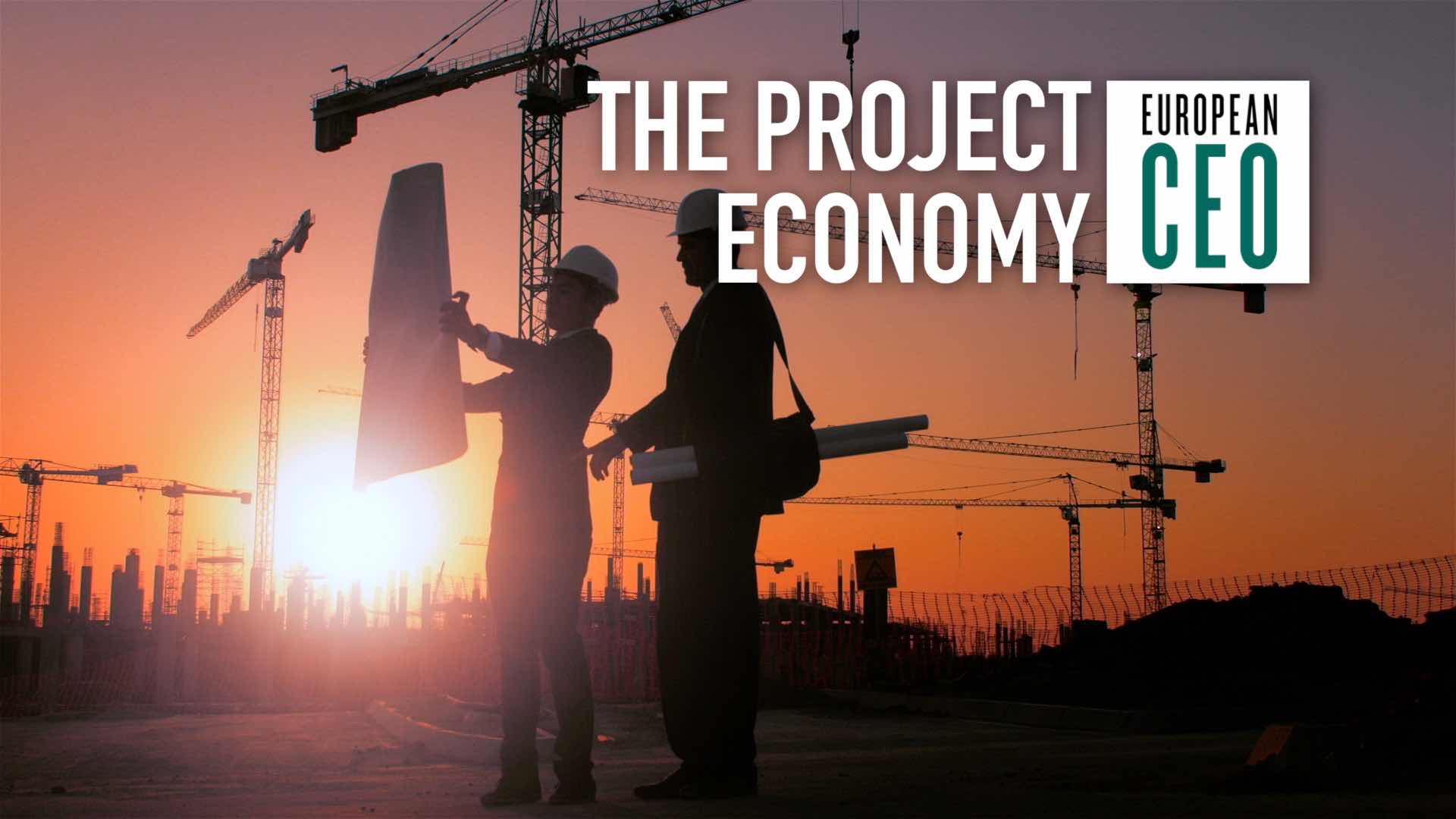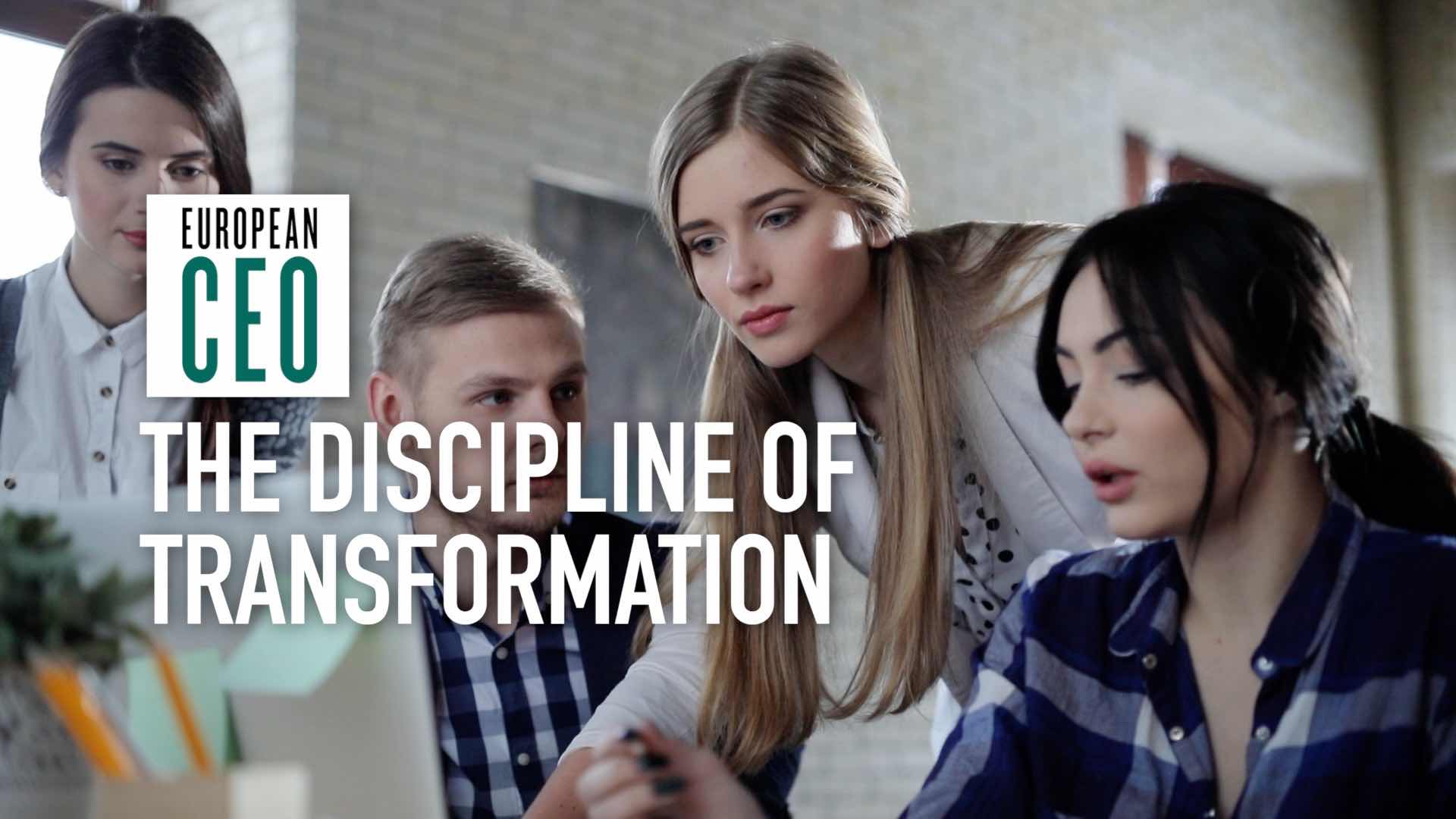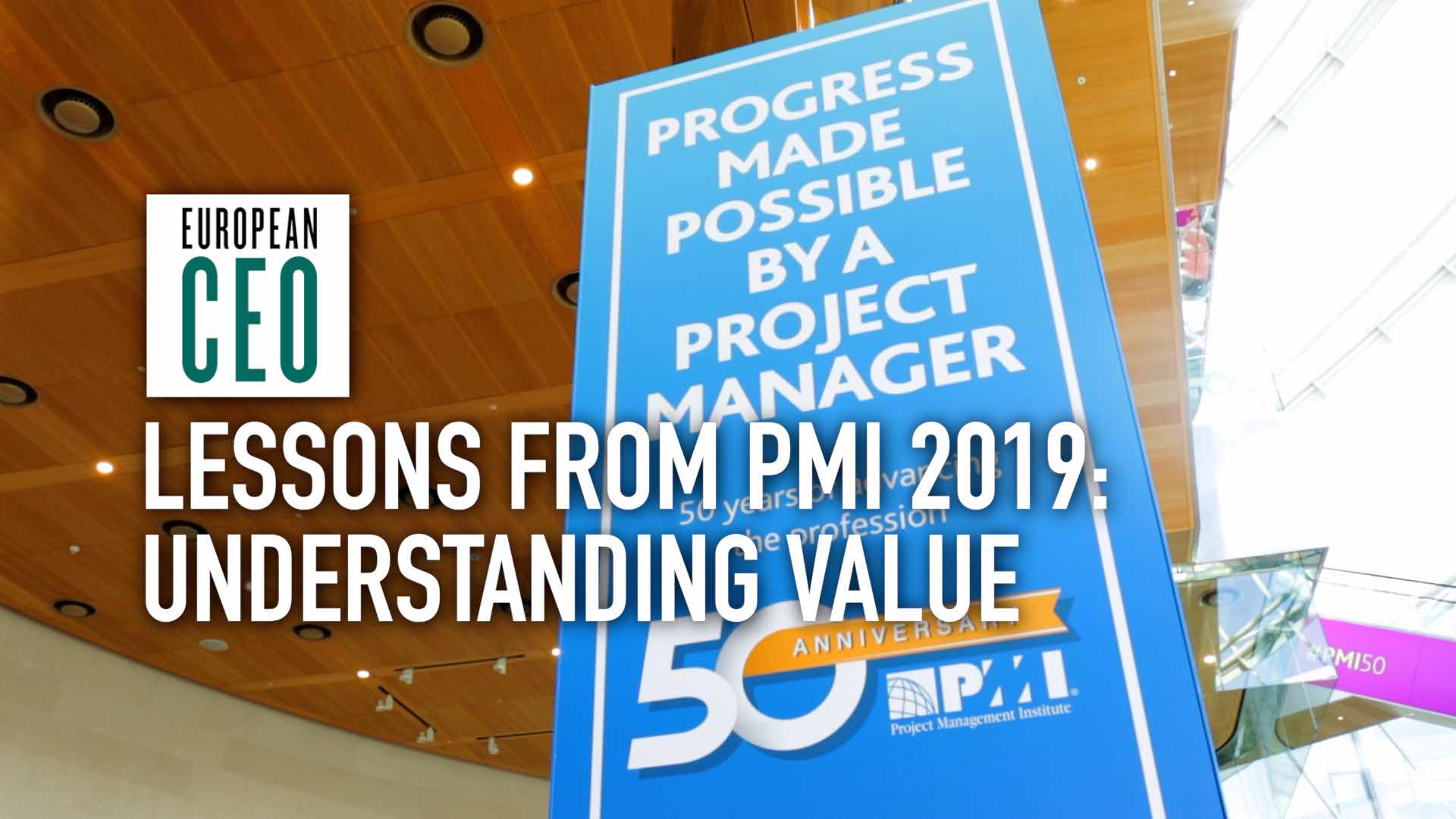Find the right approach for every project
Success starts with the right approach to project delivery, says Mark A. Langley: businesses need to move beyond agile to improve project management
Transcript
‘Everybody wants to be agile.’ Last time European CEO interviewed Mark A. Langley from the Project Management Institute, that’s what he said. And while’s that’s been true for a number of years, PMI’s latest research shows that to deliver successful projects, organisations need to move beyond agile, and embrace the entire landscape of project management approaches. Mark explains that some organisations just look for a quick fix to ‘do agile’ – rather than achieve agility at the enterprise level. And he gives some advice on how organisations can broaden the project management approaches that they’re using.
Watch our other videos with Mark A. Langley, where he discusses the importance of executive sponsorship to project and strategy success, and the new project management skills needed to address digital disruption. For even more project management advice, explore the European CEO Guide to Project Management, powered by PMI.
European CEO: Mark, you say ‘Success starts with the right approach to project delivery.’ Talk me through some of the different techniques you mean.
Mark A. Langley: Recently in the work that we’ve been doing with organisations, we’ve identified what we call the value delivery landscape. And it really incorporates all the practices that a project or programme manager needs to be successful. So it includes traditional project management, some of the agile methods that organisations use. But what we found is, organisations really need to integrate the right suite of capabilities and practices that fit their organisation. And it takes a full range of practices.
When we met last time, we talked a little bit about organisations wanting to ‘do agile’. And they felt that by implementing one simple method they would achieve that. But it’s really at the organisation level, or the enterprise level, that agility can be achieved. And because of that, it needs to incorporate a series of practices, both within the project, but really across the organisation, to be successful.
European CEO: What’s the business impact of being able to employ a broad spectrum of approaches, rather than a one-size-fits-all approach?
Mark A. Langley: Ultimately it’s about taking advantage of opportunities relative to the competition. And in the public sector it’s about value for money. So the real benefit is achieving your strategy through a competitive advantage, and earn more customer loyalty and ultimately, hopefully more revenue and profits, so that we can continue to feed into the organisation’s development.
European CEO: How can organisations broaden the approaches they’re using? Where do they start?
Mark A. Langley: Well we encourage them to really look at things such as shorter review and decision cycles. So think of an organisation that has a procurement function, and maybe that function’s 10-20 years old. They’ve used it – yes, they’ve made incremental improvements to it. But in the age of digital disruption and intense competition, that procurement system may no longer be valid. So they need to change that review and decision making cycle that impacts not just the organisation on the operating side, but importantly the project. So that they can accelerate through.
Decision making is not a pure project management capability or practice. Decision making in an organisation has to be pushed down to a level that’s closer to the customer, closer to the decisions and the people that can make those decisions effectively. And that’s one of the practices in our agility research that organisations are implementing.
They’re also using change management more effectively, standardising against risk management. Because standardisation is not the enemy of agility. It’s actually the opposite. By standardising across the organisation, you can work more rapidly through a more standardised approach.
And I think one of my favourite practices is the voice of the customer. Traditionally projects have struggled to incorporate the voice of the customer into their development work. They may have someone there that represents the customer, but is it really the customer they’re speaking to? And organisations that can identify the voice of the customer more effectively into their project development and delivery have greater success at organisation agility.
European CEO: And how are these approaches changing as technology disrupts the way we work?
Mark A. Langley: One way it is is forcing individual project managers to develop new skill sets, and ultimately implement new tools and resources that help them in their projects. So there’s productivity tools that will come out of technology and digital; there’s also skills and behaviours that they need to incorporate in their projects going forward. Because it’s only going more rapidly, and technology’s only changing more rapidly. So it’s really about keeping your skills current, not just today, but over the next three years: looking forward and saying, what do I need to achieve personally in terms of my development, to help the organisation be successful?
European CEO: Mark, thank you very much.
Mark A. Langley: Oh, thank you.


 The Project Economy: What it means for the world, business, and you
The Project Economy: What it means for the world, business, and you PMI: There’s a lot of work to be done in the discipline of transformation
PMI: There’s a lot of work to be done in the discipline of transformation Understanding and delivering value | PMI EMEA Congress 2019
Understanding and delivering value | PMI EMEA Congress 2019